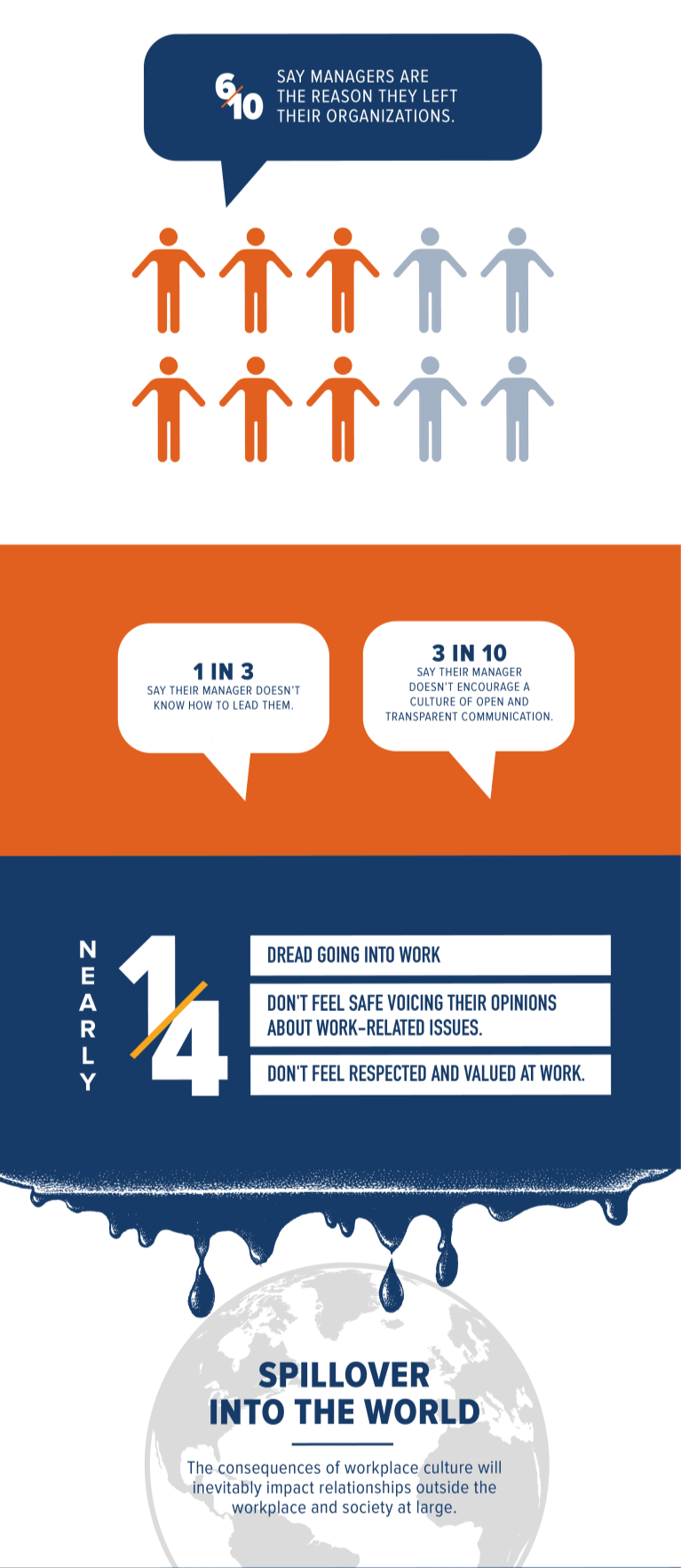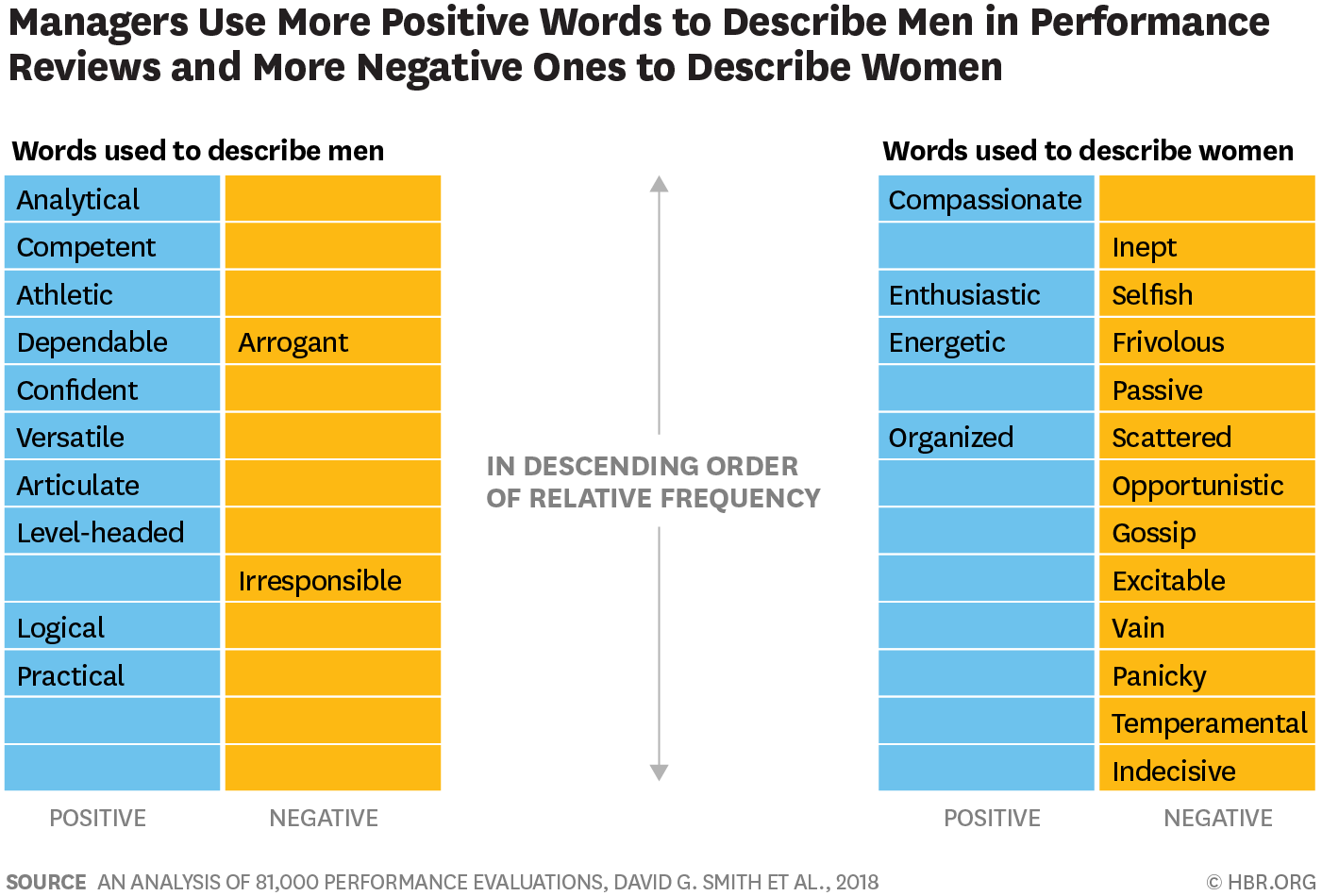Promoted Beyond Your Skillset? Why Leadership Training Is a Workplace Boundary Issue
Have you ever worked for a manager or supervisor who was not manager or supervisor material? I bet many of us can say that, and the data backs it up. A Gallup survey found that companies fail to choose the candidate with the right talent for the job 82% of the time.
When I worked at the New Mexico Department of Health, one of the priorities in our strategic plan to was to ensure that we had an engaged, empowered, and high-performing workforce that supports health status improvement. As I noted in a previous edition (Why Organizational Audits Matter: Building Better Work from the Inside Out), we conducted an employee engagement survey that found that employees very clearly felt that managers were often promoted without proper training and support AND managers felt that they didn't have enough training and support.
A clip from the latest episode of Work is Third with Danielle Roberts about the perils of poor leadership development.
However, organizations often struggle to both assess the workforce and use the data to identify and address gaps. They often reward high performers with promotions into leadership roles but forget that management requires a whole different skillset. Leading people, especially in times of change, crisis, or innovation, requires self-awareness, emotional intelligence, empathetic communication, and humility. It’s not just about keeping the team or the organization running.
In my latest episode of the Work is Third podcast with Danielle Roberts (Astonished, Authentic, and Audacious: Redefining Work), we talk about this exact problem. One of the biggest mistakes organizations make is failing to invest in training for managers and emerging leaders, and it’s costing them.
Workplace culture is shaped by the way that leaders treat people, which depends on whether they’ve been equipped to do so with care, clarity, and competence.
📊 Data: The Case for Manager Training
Only 1 in 5 employees feel their performance is managed in a motivating way.
→ Gallup Workplace, Do Your Measures Make Employees Mad? Or Motivate Them?A 2015 Gallup report found that 70% of variance in employee engagement is directly tied to the manager. This means that the "manager's actions, behaviors, and leadership style are the primary drivers of whether a team feels engaged or disengaged at work." This number was still accurate in Gallup's 2024 State of the Global Workplace report.
→ Gallup, Managers Account for 70% of Variance in Employee EngagementAn estimated 50-60% of new managers receive do not receive any formal training when they take on their role.
→ Emory University, Lack of Manager Training Can Lead to Employee LossEmployees who feel their manager cares about them are more engaged, but only 28% strongly agree that leadership genuinely cares about their health and well-being.
→ Forbes, How Leaders Impact Employee Engagement
I love this infographic from SHRM, which draws connections between workplace culture and society at large. Work is part of the ecosystem that shapes our wellbeing, individually and collectively.
⚖️ Equity & Inclusion: Who Gets a Seat at the (Leadership) Table?
Leadership pathways can be unclear or even non-existent and riddled with bias.
White men are disproportionately promoted into leadership positions, even when performance is equal or lower than their peers from underrepresented groups.
Women, especially women of color, are less likely to receive actionable feedback or be sponsored into leadership tracks.
Workers with disabilities, first-generation professionals, and LGBTQ+ employees may be passed over due to assumptions about their capacity or “fit.”
Importantly, people from historically excluded groups often feel pressure to over-perform, over-function, and take on invisible labor just to be considered for advancement. And even when they are promoted, they may lack mentorship, support, and protection, which can make them more vulnerable to retaliation or burnout.
📚Resource: Bias among managers: Its prevalence across a decade and comparison across occupations
🔲 Boundary Highlight: The Leadership Boundary Nobody Talks About
When leaders aren’t trained, their behaviors often violate boundaries. This can look like micromanaging, inconsistent communication, unclear expectations, avoidance of conflict, favoritism, or retaliation.
Poorly trained leaders can:
Blur the lines between personal and professional relationships
Fail to create psychological safety
Leave employees guessing about goals, roles, and priorities
Default to control instead of trust
Strong leadership training teaches internal boundaries (self-awareness, emotional regulation, time management) and external boundaries (clear communication, fair delegation, responsive supervision).
🧾 Law & Policy: From Compliance to Culture
There’s no general legal requirement for management and supervisor training, although there are some state-level requirements for certain professions, like social workers and healthcare practitioners. Organizations set training requirements in policy, but training without proper implementation strategies and monitoring is just checking a box.
Training standards and plans are a critical way for organizations to uphold their responsibilities for:
Preventing harassment, discrimination, and retaliation (Title VII, ADA, EEOC guidance)
Providing accommodations and engaging in the interactive process (ADA, FMLA)
Addressing toxic leadership that contributes to a hostile work environment or violates labor laws
Policy ideas and organizational actions:
📋 Use organizational audits to identify where leadership skills are lacking
🧠 Mandate ongoing training in emotional intelligence, bias, psychological safety, and inclusive supervision
🛠️ Create leadership development pipelines that are inclusive, transparent, and accessible
🧾 Include leadership expectations in job descriptions and performance metrics
🧑🏽🤝🧑🏼 Involve employees in designing and evaluating training for supervisors and leads
🗂️ Build training into collective bargaining agreements and HR policies
⚖️ Align leadership development with legal requirements for safety, fairness, and accommodation
✅ Take Action: Build Better Managers
🧠 Individuals
Reflect on the leadership you’ve experienced: What helped? What harmed?
If you're a manager, ask for training in the areas that you need most support. And don't be afraid to say that you need it!
If you're an employee, track patterns and speak up when leadership behaviors harm morale or safety.
🏢 Organizations
Budget for training and leadership development that embraces a holistic approach that goes beyond compliance to encourage compassion, clarity, and connection.
Don’t just promote technical experts. Promote people leaders.
Make leadership development accessible to all.
Provide mentorship and evaluation structures that match the organization’s values.
🌍 Systemic
Advocate for public investment in workforce and leadership development programs.
Support nonprofits and local programs that build leadership pipelines for underrepresented groups.
Enact laws that require training in topics like trauma-informed workplaces, bias, and ethics.
💭 Closing Thought
We can’t change workplace culture if we don’t train the people responsible for upholding it. Promoting someone without leadership training is like handing someone car keys with no driving lessons. The impact of poor leadership is felt in teams, organizations, and the communities they serve. Let’s build the kind of workplace where leadership is grounded in care.



